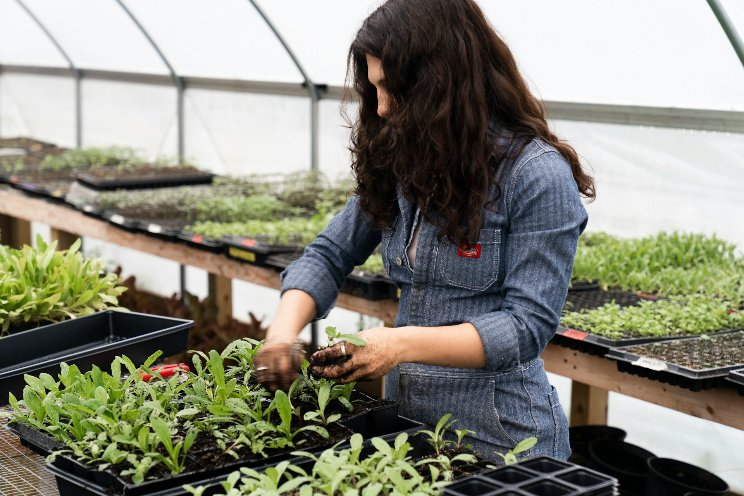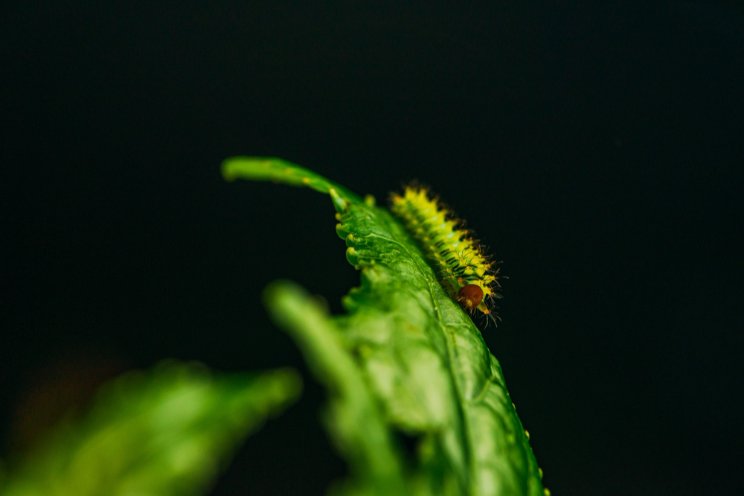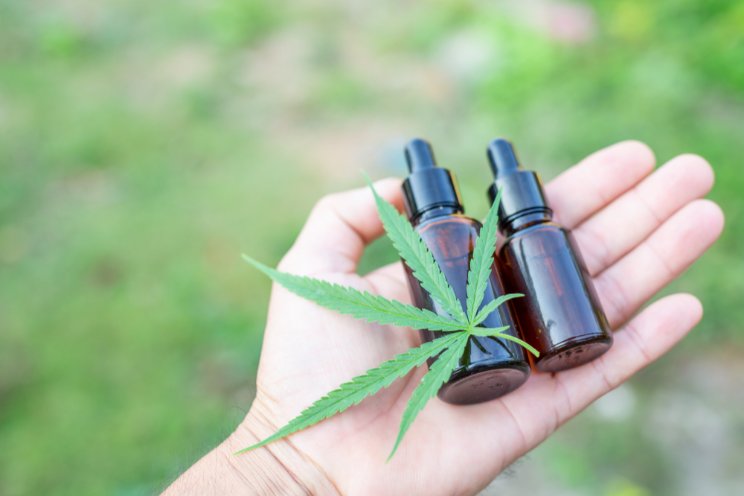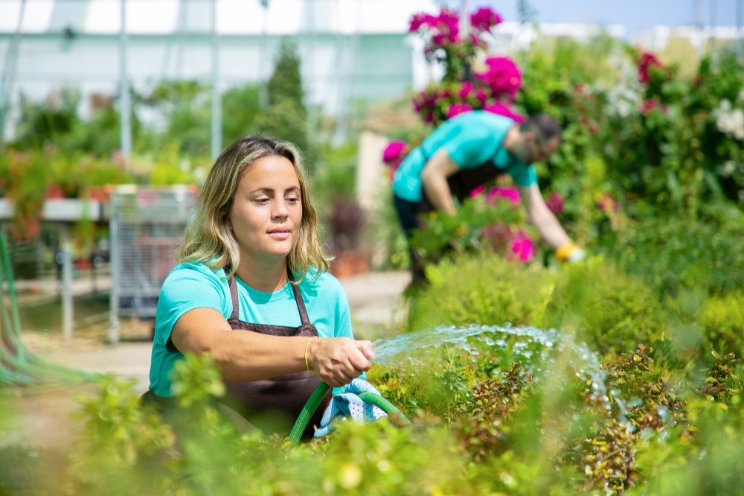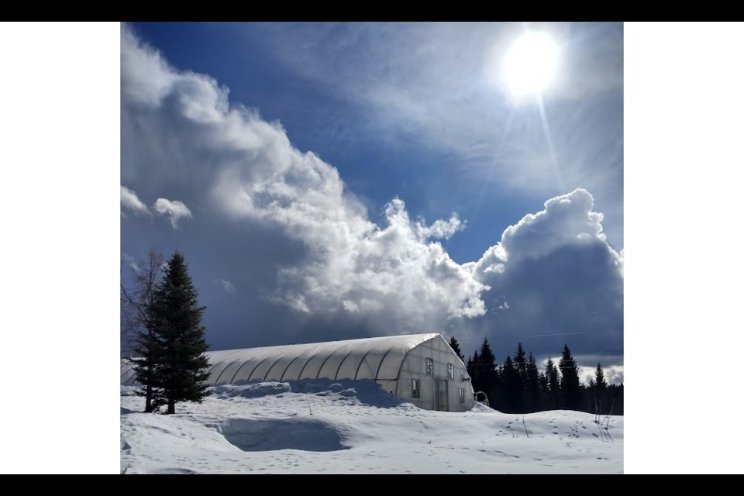Driving autonomous greenhouse growth
Added on 16 March 2023

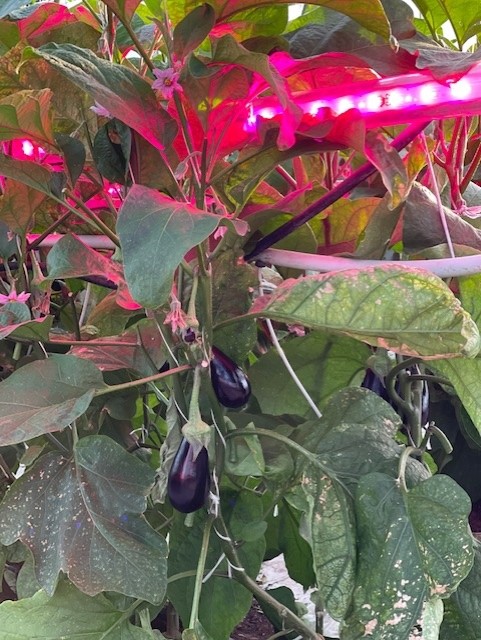
Photo source: Great Lakes Greenhouses.
Great Lakes Greenhouses, one of the largest cucumber growers in North America, has been working with an intelligent automation company, Koidra Inc. to optimize its operations for increased yield and profitability for the past two years.
“Koidra was introduced to us by Dr. Xiuming Hao from the Harrow Research and Development Centre,” explains Mark Reimer, research and business development manager for Great Lakes Greenhouses. “One day, he came by with the founder, Kenneth Tran, and approached us with the idea that they were working on an artificial intelligence project. They were looking at a couple of different funding opportunities and looking for the right partner that would be willing to investigate this kind of innovative technology. We had a conversation and ultimately decided that the project and the technology had merit, and it was something that we were interested in pursuing.”
Koidra partnered with Agriculture and Agri-Food Canada (AAFC) to develop and deploy an AI-powered autonomous grower to grow cucumbers and eggplants remotely and automatically to produce increased yields and improve efficiencies throughout Great Lakes Greenhouses. Koidra worked alongside Dr. Hao, research scientist with Harrow Research and Development Centre, AAFC, for the technology’s development and deployment.
“We have worked closely with Koidra on this project and the results so far are very promising,” Dr. Hao says. “The autonomous growing technology can transform the way we grow crops in greenhouses. By centralizing data from multiple sources and adjusting growing conditions in real-time, we are able to optimize plant growth, fruit production and improve energy efficiency. It’s exciting to witness how this technology is transforming the greenhouse industry. It holds a great potential for future greenhouse crop production.”
The project is supported by the Greenhouse Competitiveness and Innovation Initiative (GCII). Great Lakes Greenhouses also received funding through the Independent Electricity System Operator (IESO).
“Those are the two programs that we were able to kind of investigate and utilize for this program and develop a couple of different scopes starting in some non-traditional greenhouse crops, and then also looking at just the opportunities of this type of technology to create some energy savings and optimization,” Reimer says. “The timing was really good, because it was right when we were starting to investigate introducing LED lighting into the crops. So, the ability to use that extra input gave us the opportunity to really develop a product that could steer the crops, and the ultimate goal of increasing yield or getting yield at a lower energy input.”
Using a combination of expert knowledge and data centralized from a variety of sensors in the greenhouse, Koidra’s AI program is able to assist with autonomous adjustments of light levels, temperature, humidity, nutrient levels, water quality and carbon dioxide levels. Growers can switch anytime between inputting commands manually and autonomously. The technology was developed based on a principle that the AI system starts growing plants with the exact same parameters as the grower, ensuring that there is no deviation from what the grower would do.
“Great Lakes has always been forward focused. We’re always looking at trying to find the next innovation,” Reimer says.
The first trial at Great Lakes Greenhouses was conducted on eggplant growing from April 19 to Oct 25, 2022, with two zones of eggplant growers: one controlled by the growers, and the other managed by an autopilot system.
“Our autopilot controlled heating, CO2, and venting. The setpoints were changed every five minutes and data was monitored via Koidra’s dashboard and mobile app. During the trial, the autopilot system managed to increase the yield of eggplants by 28.5% compared to the controlled zone, which means that the autopilot system was able to produce a significantly higher amount of eggplants compared to the traditional growers’ practices,” Tran stated.
A second trial was conducted growing cucumbers from July 18 to Oct 18, 2022, using the same practices implemented during the growing of the eggplants. Again, the results were very positive.
“The trial with cucumber was conducted in the same manner as the eggplant trial, with two zones of cucumber growers: one controlled by traditional growers’ practices and the other managed by an AI-powered autopilot system. The results of the trial showed that the autopilot system was able to increase the yield of cucumbers by 19% compared to the controlled zone. This improvement in yield is significant and confirms the ability of the autopilot system to increase the productivity of crop growth in commercial greenhouses,” Tran stated.
Reimer says Koidra’s technology assists with overseeing their operation, saving the growers time while potentially improving reaction times for responding to a variety of potential issues that could be taking place within the greenhouse.
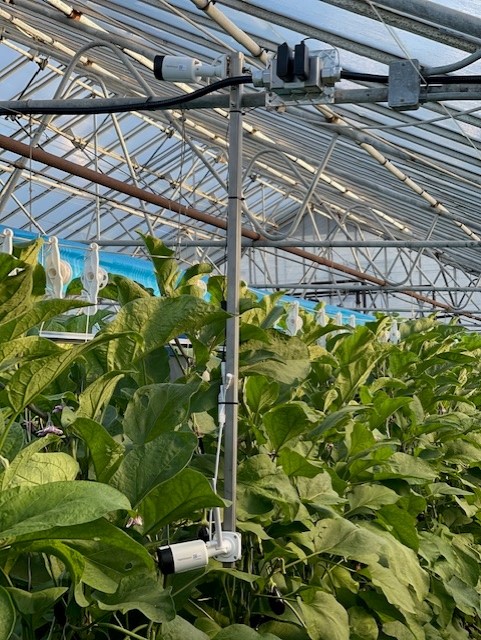
Photo source: Great Lakes Greenhouses.
“A big part of what Koidra has implemented is this network of sensors and cameras that extend to parts of the farm that normally a grower wouldn’t pass by – maybe every few days, especially on a large site like ours, which is 120 acres. So, this opportunity allows for us to keep an eye on everything all the time and report back on things that the AI can pick up or understand, maybe even before the grower has an opportunity to identify themselves,” Reimer says.
Since the onset of the COVID-19 coronavirus pandemic, Great Lakes Greenhouses has been taking a hard look at efficient use of its labour force and sees technologies like Koidra’s to be extremely advantageous.
“The onset of COVID really gave us the opportunity to look at more efficient use of the labour force and being able to work in the greenhouse with less hands,” Reimer says, adding that a smaller labour force also reduces the potential for dangerous or destructive virus transmissions.
It has taken some time for the growers to become comfortable with the AI technology, but they have learned to embrace it.
“I think any grower is going to have a high degree of skepticism as they’re starting to look at this program. Every grower I’ve ever met has a passion for the industry, and they want to have a real strong understanding of what’s going on in their crops. The trusting of the technology and taking a step away is something that we’ve been able to alleviate by giving them new confidence that the tools are working for them,” Reimer says. “But there’s always a little bit of an innate hesitancy to cede any of that direct control. Over the course of time and developing a program to monitor, understand and utilize the tools, they end up looking at it as more of a valuable tool than a competition.”
Reimer says Koidra has demonstrated an improvement in the yield of crops and has given Great Lakes Greenhouses greater insight on what’s going on in their crops.
“We can see different metrics that Koidra has put together and we can evaluate those and learn from that. With optimization we’re always a yield-first focus, but when we can add a percentage of yield increase, while not increasing our greenhouse footprint, that’s where we really benefit from this technology.”
Great Lakes Greenhouses has found this project to be very compelling and will continue to look for opportunities to optimize operations in the future.
“We’re going to continue to learn more, but it’s definitely been interesting. There’s still a lot of going on after two years where there’s lots to integrate and roll out,” Reimer says. “The solution that Koidra is offering is very customized to the specific grower. We’ve seen that even internally as we move from range to range. In every space that we go to, they’ve done a great job of being able to roll out their system and find a solution that works well for the setup that we have.”
Source: Greenhouse Canada
Photo source: Great Lakes Greenhouses.
More news
